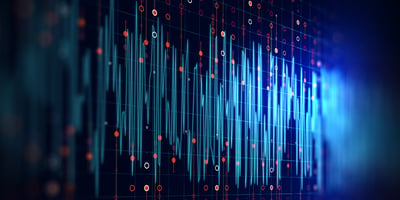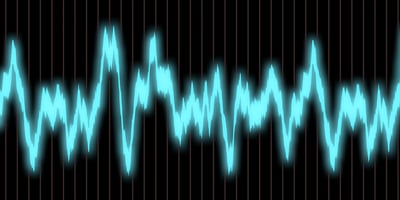An enemy target is in sight. With its location confirmed, an extremely powerful and highly focused...
Want to Improve Encryption? Use Additive White Gaussian Noise
Sending wireless information can be a perilous journey, with bad actors jumping at the chance to intercept. Encryption is a way to conceal your highly valued data, so hackers pay it no attention.
💡Did you know additive white Gaussian noise (AWGN) sources can improve encryption?
In this post, learn the advantages AWGN brings to encryption as well as how it can integrate into different setups.
The Benefits of AWGN
AWGN components possess certain characteristics that give them a leg up on traditionally designed encryption systems, such as:
- Random signal generation: Data is masked with a truly random signal, which boosts security against network eavesdroppers. Typical methods encode and decode data with pseudo-random encryption keys, which are not genuinely random sequences.
- Ease of use: Noise signal generation is simple, efficient, and more economical than complex encryption algorithms. Designers can avoid burdensome resources investments by opting for a noise source's ease of use.

If you want a further breakdown on the improvements of noise-backed encryption, read the article, "Secure Wireless Transmissions with Truly Random Noise Source Data Encryption," by Noisecom.
Now that we know some advantages of AWGN, let's explore how these devices integrate into two distinct encryption setups.
Setup 1: RF Signal Polarization
Transmissions sent via a system using RF signal polarization will consist of two oppositely polarized RF signals. Each polarization (e.g., horizontal and vertical) could contain the following:
- Horizontal polarization: A noise signal generated by a high-powered noise source, such as the Noisecom NC1000 Series Amplified Noise Module.
- Vertical polarization: The exact same noise signal as well as the data.
Why is a high-powered noise source ideal in this scenario? The elevated power is able to overcome the losses incurred after leaving the transmit antenna.
Setup 2: Noise Radar Technology
In an encryption system built around noise radar technology, a radar antenna will send an AWGN-masked waveform to reflect off an intended target. The radar antenna then recaptures the signal. Differences between the original and recaptured signals will reveal desired information.
The favored noise component really depends upon the specific encryption system and exactly where the AWGN signal generation will occur. For instance:
- Early stages before amplification: Sources like the Noisecom NC3000 Series Calibrated Coaxial Noise Modules are best if included at the beginning stages of encryption where amplification has yet to occur. If integrated after amplification, its lower power will put the signal at risk of getting lost in the environment's background noise.
- Later stages after amplification: If noise source integration occurs towards the end of encryption after amplification has already concluded, then a higher power noise source like the NC1000 Series is ideal. Again, its high output power can overcome any losses.
Learn More
After reading through the Noisecom article, you can learn even more about noise encryption in the Noisecom white paper, "Encryption Solutions with Noise Sources," which is currently featured on Microwave Journal.
From encryption systems to directed energy weapons to satellite communications, AWGN is a highly versatile tool that can aid a myriad of applications. With the safety of wireless data on the line, design an improved and more secure encryption system by integrating an AWGN generating device.





